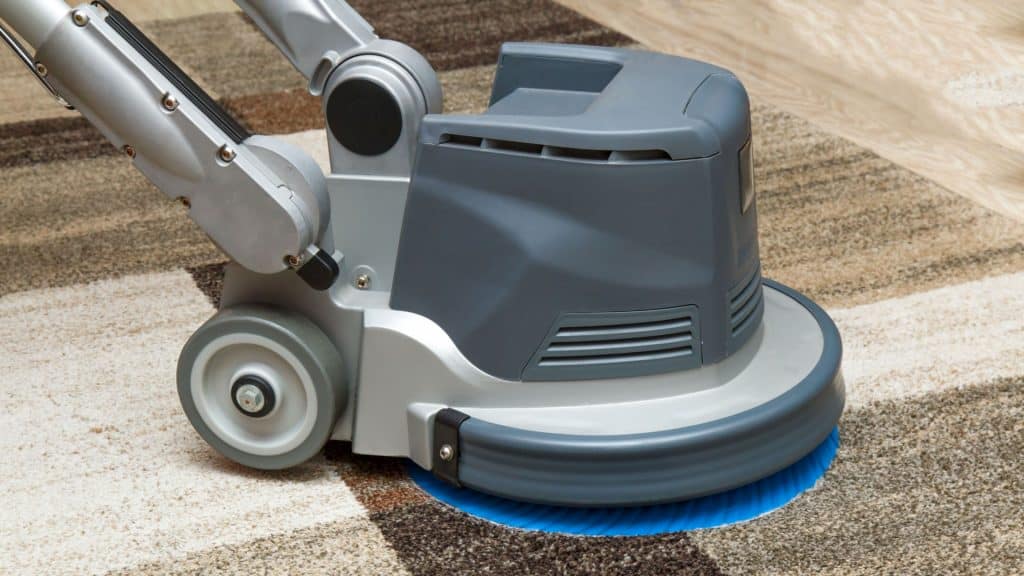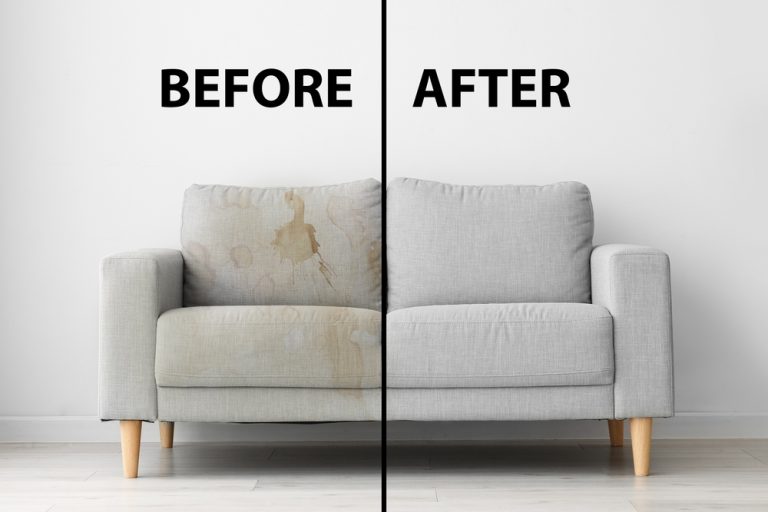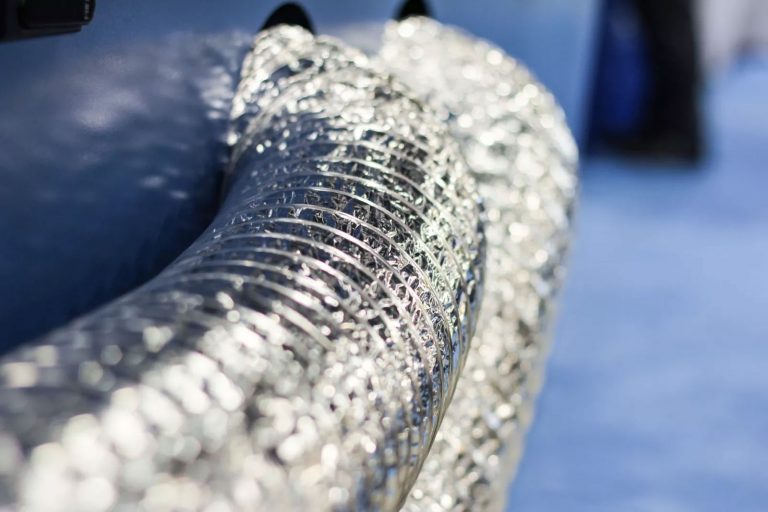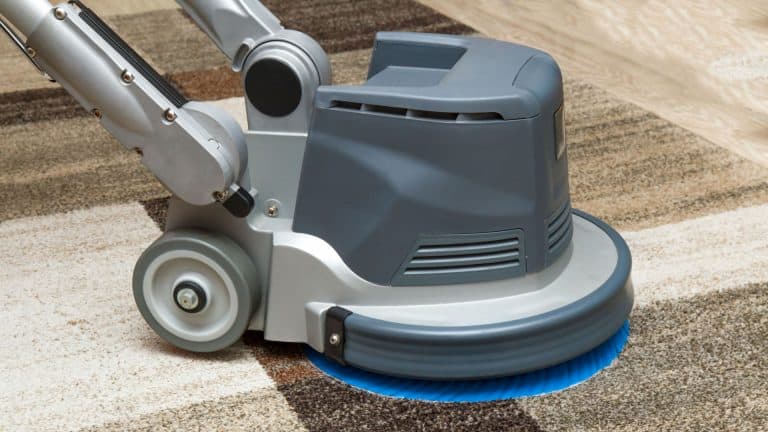Allergies can be a constant source of discomfort, affecting our daily lives and overall well-being. If you or your loved ones suffer from allergies, it’s essential to create a clean and allergen-free environment, especially within the confines of your home. One significant contributor to indoor allergens is the carpet, which can harbor dust, pollen, pet dander, and other irritants. In this article, we will explore the benefits of carpet cleaning for allergy relief and provide valuable tips to help you breathe easy.
Understanding Allergens
Before delving into the effectiveness of carpet cleaning, it’s crucial to understand the common allergens found in carpets. Dust mites, pollen, pet dander, mold spores, and bacteria are some of the primary culprits that can trigger allergic reactions. These allergens have the potential to cause symptoms such as sneezing, itchy eyes, congestion, and even asthma attacks in sensitive individuals.
Benefits of Carpet Cleaning for Allergy Relief
Regular carpet cleaning plays a pivotal role in reducing allergens and improving indoor air quality. By removing the accumulated dirt, dust, and allergens from your carpets, you create a healthier environment for yourself and your family. The following are key benefits of carpet cleaning for allergy relief:
1. Removal of Allergens from Carpets: Professional carpet cleaning techniques, such as hot water extraction, dry cleaning, and steam cleaning, are specifically designed to extract embedded allergens from deep within the carpet fibers. These methods effectively eliminate dust mites, pollen, and pet dander, significantly reducing their presence in your home.
2. Improved Indoor Air Quality: Clean carpets contribute to improved indoor air quality by reducing the number of airborne allergens circulating in your living space. By removing these irritants, you can breathe cleaner air, which can alleviate allergy symptoms and promote overall respiratory health.
3. Reduction in Allergy Symptoms: Regular carpet cleaning can lead to a noticeable reduction in allergy symptoms. By minimizing exposure to allergens, individuals with allergies can experience relief from sneezing, itching, and congestion, allowing them to enjoy their homes withoutconstant discomfort.
Professional Carpet Cleaning Techniques
When it comes to carpet cleaning for allergy relief, professional services offer specialized techniques that yield optimal results. The following methods are commonly employed by professional carpet cleaners:
1. Hot Water Extraction Method: Also known as steam cleaning, this method involves injecting hot water mixed with a cleaning solution into the carpet and then extracting it along with the dissolved dirt and allergens. Hot water extraction is highly effective in removing deep-seated pollutants from carpets, leaving them fresh and allergen-free.
2. Dry Cleaning Method: The dry cleaning method utilizes specialized cleaning agents or powders that are applied to the carpet. These agents attract and encapsulate dirt and allergens, which are then vacuumed away. Dry cleaning is a suitable option for carpets that cannot withstand moisture or require quick drying times.
3. Steam Cleaning Method: Similar to hot water extraction, steam cleaning uses high-temperature steam to clean and disinfect carpets. The steam penetrates the carpet fibers, loosening dirt and allergens, which are subsequently extracted. Steam cleaning is an effective method for eliminating allergens while sanitizing the carpet.
DIY Carpet Cleaning Tips
While professional carpet cleaning is recommended for deep and thorough cleaning, there are several measures you can take to maintain clean carpets between professional cleanings. Here are some useful DIY carpet cleaning tips:
1. Regular Vacuuming: Regular vacuuming is essential to remove surface-level dirt, dust, and allergens. Use a vacuum cleaner equipped with a HEPA filter, as it can effectively trap small particles and prevent them from being released back into the air.
2. Spot Cleaning: Promptly address spills and stains to prevent them from setting into the carpet fibers. Blot the affected area with a clean cloth or paper towel, avoiding rubbing, which can spread the stain. Use a mild carpet cleaner or a mixture of vinegar and water for gentle spot cleaning.
3. Using Baking Soda for Odor Removal: Baking soda is a natural deodorizer that can help eliminate unpleasant odors from your carpets. Sprinkle baking soda liberally over the carpet, let it sit for a few hours or overnight, and then vacuum thoroughly to remove both the baking soda and the odor.
Maintaining Clean Carpets
To prolong the cleanliness and allergen-free state of your carpets, it’s important to establish a regular maintenance routine. Consider the following tips for maintaining clean carpets:
1. Regular Maintenance Routine: Vacuum your carpets at least once a week to remove surface-level dirt and allergens. Pay special attention to high-traffic areas and areas prone to spills or pet activity. Additionally, consider rotating furniture occasionally to prevent uneven wear and tear on the carpet.
2. Preventive Measures against Allergens: Implement preventive measures to minimize the accumulation of allergens in your carpets. Place doormats at entryways to capture dirt and pollen from shoes, and encourage family members and guests to remove their shoes upon entering the house. It’s also advisable to use allergen-proof covers on pillows and mattresses to prevent the transfer of allergens to the carpets.
3. Professional Cleaning Schedule: Schedule regular professional carpet cleaning sessions to ensure deep cleaning and removal of embedded allergens. The frequency of professional cleaning may vary depending on factors such as the number of occupants, presence of pets, and the level of foot traffic in your home.
Other Allergy Relief Measures
In addition to carpet cleaning, there are several supplementary measures you can take to enhance allergy relief within your home. Consider the following:
1. Keeping Pets off Carpets: If you have pets, restrict their access to carpeted areas as much as possible. Pet dander is a common allergen that can accumulate in carpets and trigger allergic reactions. Create pet-free zones or use pet gates to limit their contact with carpets.
2. Using Hypoallergenic Cleaning Products: Opt for hypoallergenic or fragrance-free cleaning products when maintaining your carpets. These products are formulated to minimize allergens and chemical irritants, making them safer for individuals with allergies.
3. Maintaining Proper Indoor Humidity Levels: Dust mites and mold thrive in environments with high humidity. Use a dehumidifier or air conditioner to maintain optimal indoor humidity levels, typically between 30% and 50%. This can help prevent the growth of allergens and improve overall air quality.
Conclusion
Carpet cleaning plays a significant role in providing allergy relief and improving indoor air quality. By removing allergens from carpets through professional cleaning techniques, you can create a healthier living environment for yourself and your family. In combination with regular maintenance and preventive measures, clean carpets contribute to reduced allergy symptoms and a more comfortable home.





